Blog
Agriculture is one of the biggest water consumers. Here are 5 ways to save as much as possible
More than 70% of the world's water consumption goes to growing plants and raising animals. How can we reduce this volume? Keep reading to find some effective solutions.
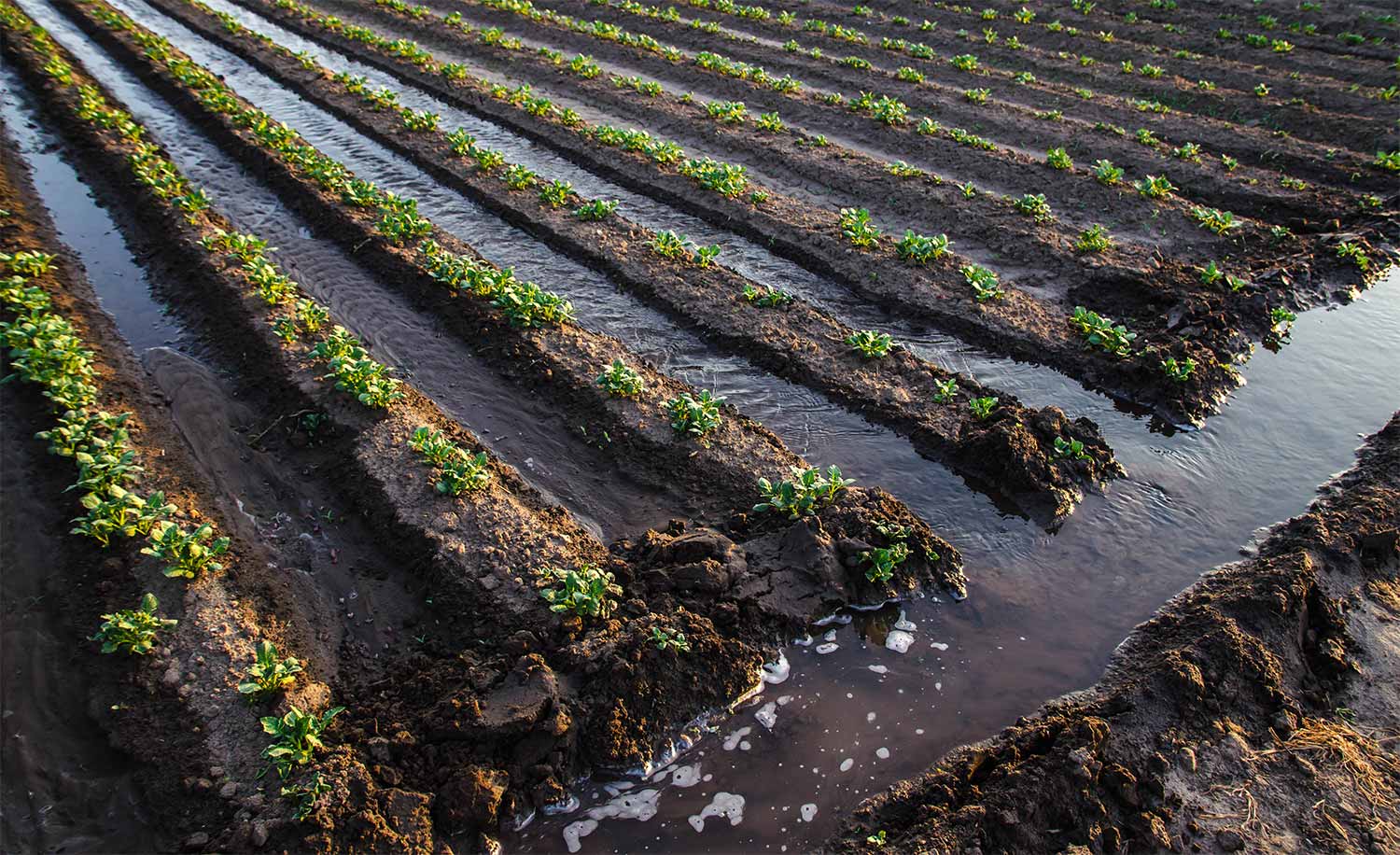
The quantity of water consumed is in itself frightening. Add to this the ever-rising demands of agriculture on clean water supplies and the increasingly frequent droughts, and it must be clear that this situation is not sustainable.
Moreover, the problem is not just the total water consumption in the fields and stables. Agriculture also significantly pollutes water.
Can this situation ever be reversed? The answer is yes, with a number of small or large-scale solutions. Some of them can be found in this article.
Drip irrigation
To save as much water as possible on irrigation, people need to start using water more efficiently. What do we mean by that? For example, instead of watering fields and flowerbeds in the field, switch to what is known as drip irrigation.
This is the principle where water from the irrigation system is led directly to the roots of the plants. The plant effectively absorbs the water and there is no time or space for the water to evaporate from the soil surface.
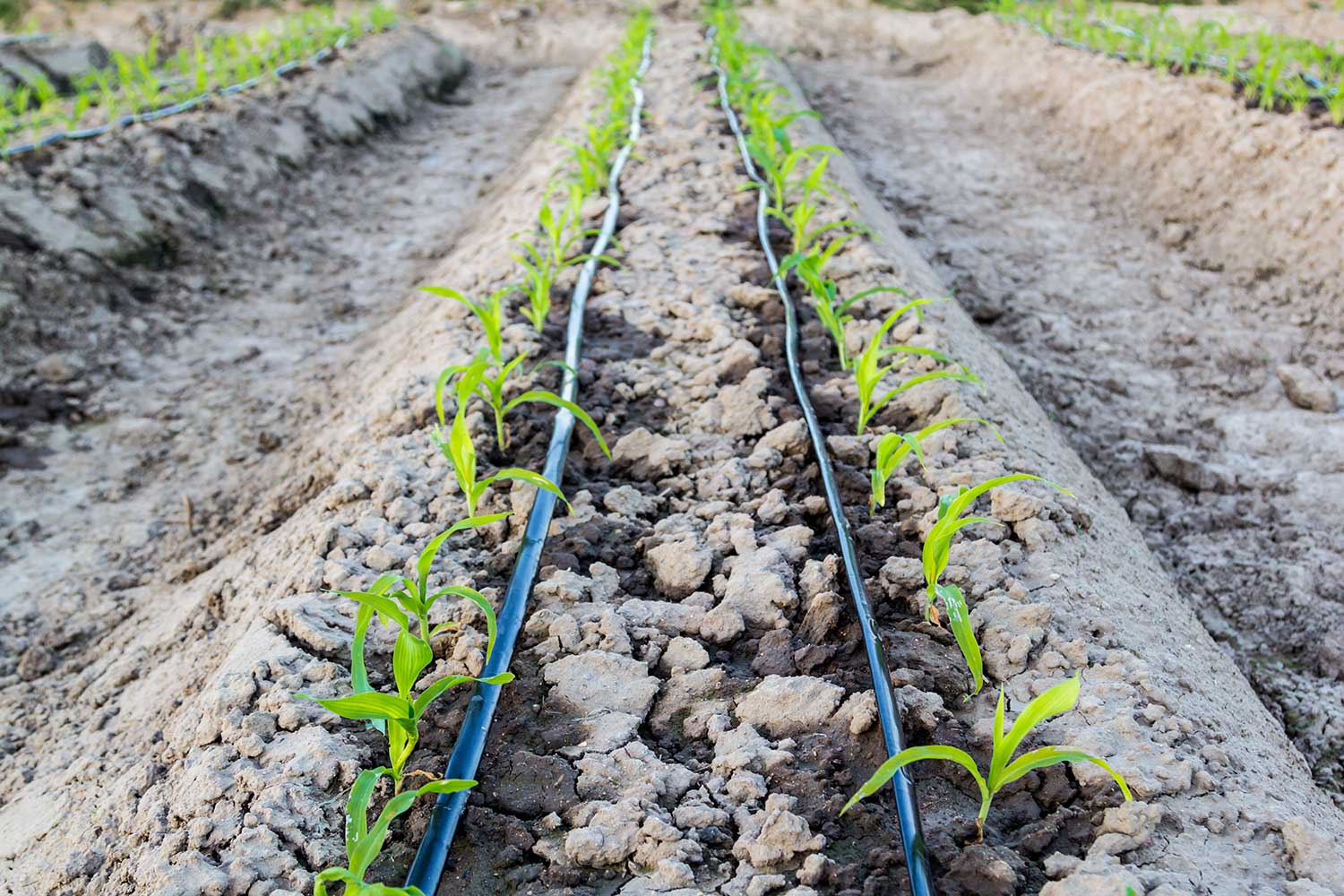
The biggest losses are caused by evaporation of water that the plants cannot use. With drip irrigation, the efficiency increases to 80%.
You might say that we have been using such irrigation in our latitudes for a long time. Indeed, farmers in developed countries irrigate directly to the roots to a large extent. However, this cannot be said of poorer regions.
Preparing fields for this type of irrigation is costly, as kilometres of water pipes with regular holes have to be laid underground to give the plants the water they need.
Mauritania is a shining exception and proof that drip irrigation can produce higher yields with less water used.
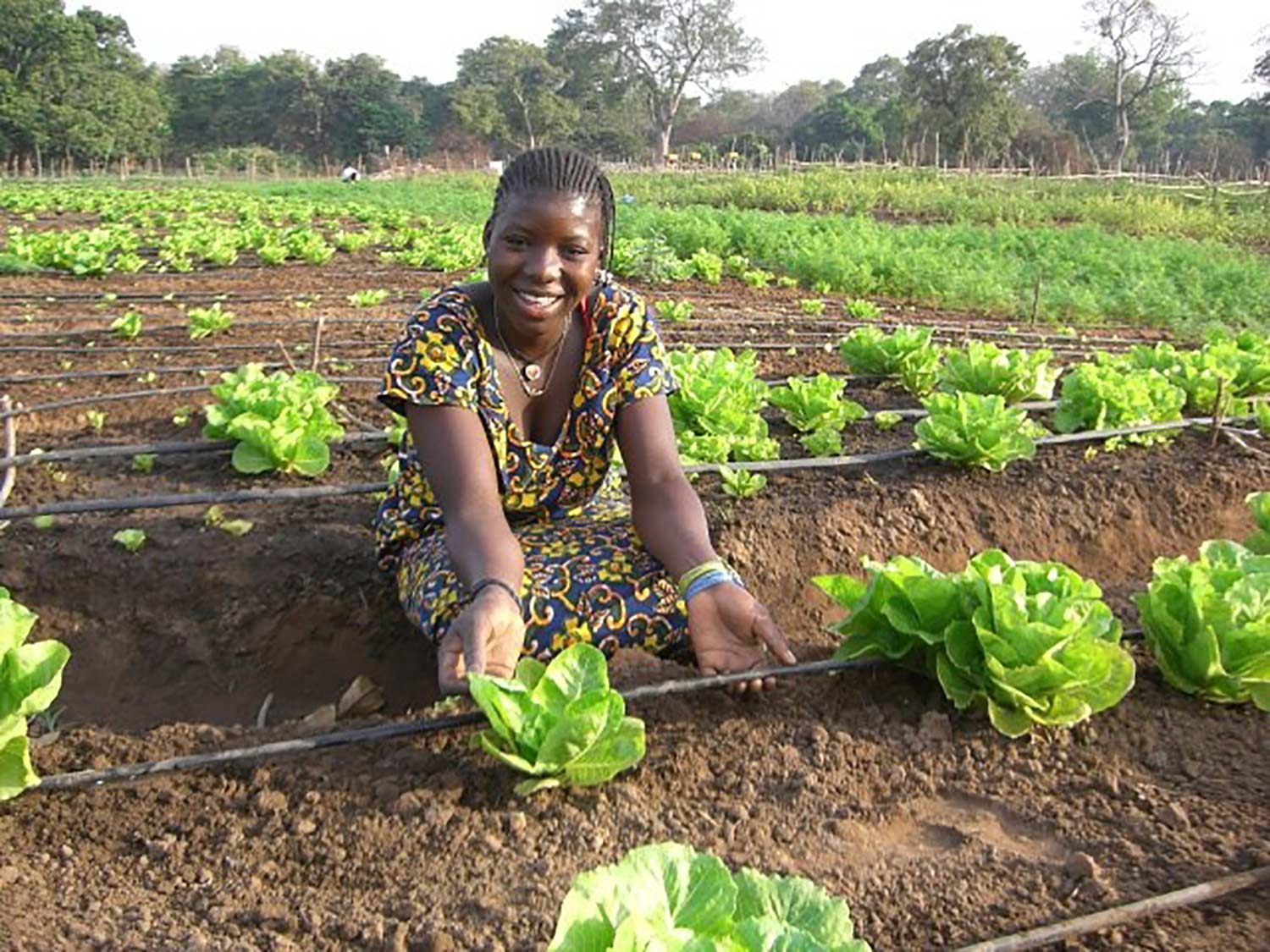
After the introduction of drip irrigation, Mauritania is able to grow crops all year round, not just during the rainy season. Retrieved from: irrinews.com
A country struggling with low crop production due to poor rainfall and excessive evaporation of water from poorly fertile soils enjoys a bumper harvest for most of the year after the introduction of more efficient irrigation, even with the same volume of water they used in the "old days".
Even drip irrigation can be more efficient when farmers only release water when it is really necessary. How to find the right time, however, will be discussed later.
Building reservoirs in dry areas
Drought and inhospitable conditions for growing crops have long since become uncharacteristic of areas of Africa. It is all the more important to focus on making better use of the water provided by nature in the form of rainfall.
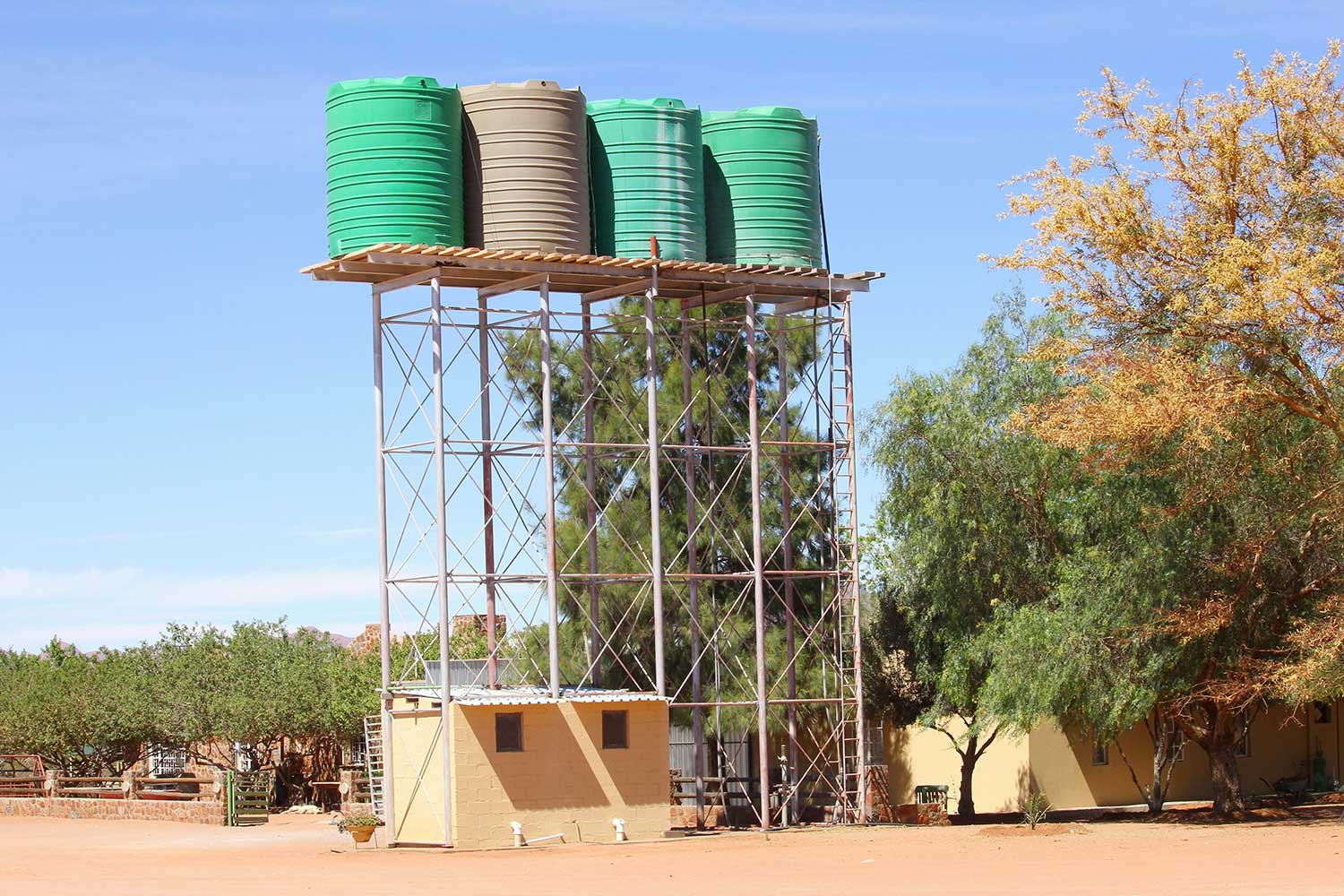
Rainwater harvesting tanks are the solution. There are several types, ranging from simple containers, into which rainwater is channelled through ordinary pipes, to huge dams. These serve not only as water storage but also as flood protection during the rainy season.
Of course, not just anyone can afford to build a dam, but any farmer can build a rainwater tank in his or her field, even in underdeveloped countries.
By watering the water collected, the farmer saves the underground water located far away.
Carrying water by hand is also becoming a thing of the past thanks to solar-powered water pumps.
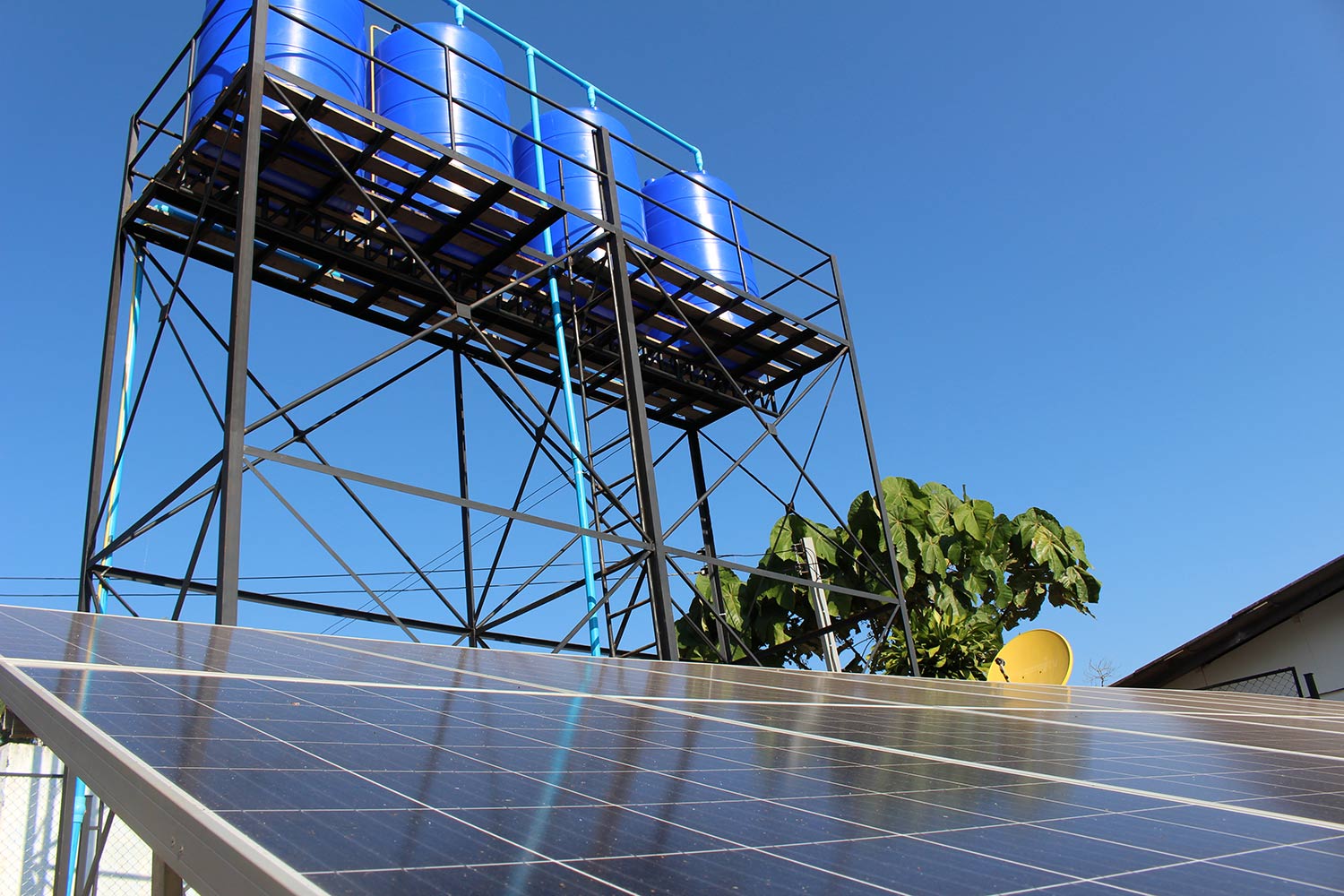
In recent years, these have helped supply water from rain-fed reservoirs, particularly in India, where farmers are using nearly two million solar pumps that they have built with the help of government subsidies.
Smart agriculture
While drip irrigation and rainwater harvesting are still being adopted by many countries, smart technologies are increasingly helping farmers in developed countries to save water.
One technology is smart sensors. Instead of regular irrigation, which is often unnecessary due to sufficient moisture, smart sensors determine exactly when to automatically start irrigation.
However, today's technology does not stop at simply monitoring soil moisture. Australian farmers are using drones to assess whether crops are healthy and sufficiently nourished.
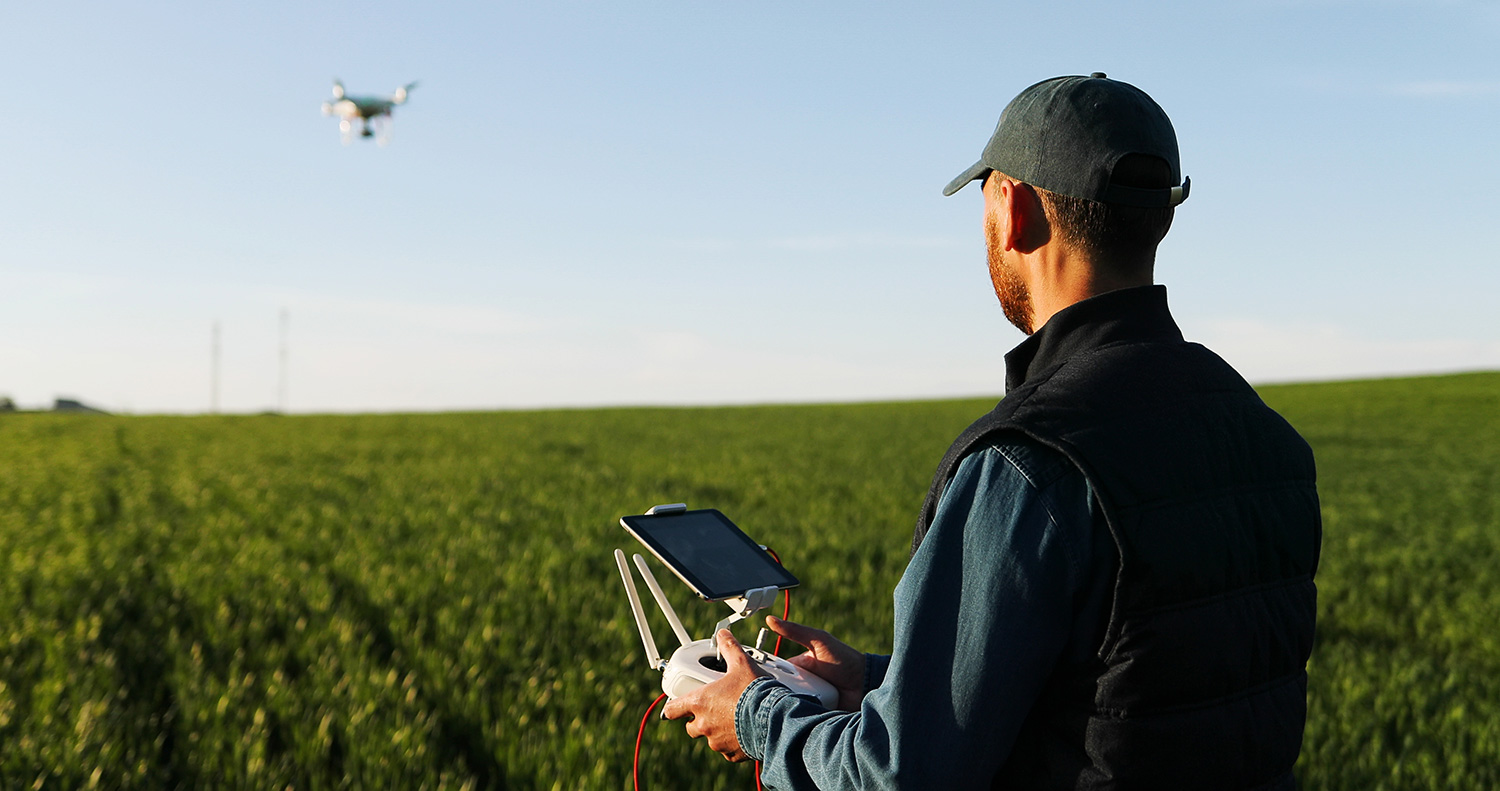
From a height of about 20 metres, they take pictures of each piece of the field and, based on the photos, the system processes and evaluates whether the harvest is fine or what has to be done.
This is how Australia, one of the world's hottest and driest continents, manages to grow huge quantities of wheat, which is known for its high water and soil requirements.
Aquaponic cultivation
The name of this type of plant cultivation may sound familiar. It is made up of two words, aquaculture and hydroponics. And their combination also works in reality.
The principle of aquaponics is based on the harmonious coexistence of fish and plants grown only in water, i.e. hydroponically.
Fish living in aquaponic tanks secrete fertiliser into the water for the plants, which extract the nutrients they need from it. In this way, they in turn purify the water for the fish and are able to coexist and thrive.
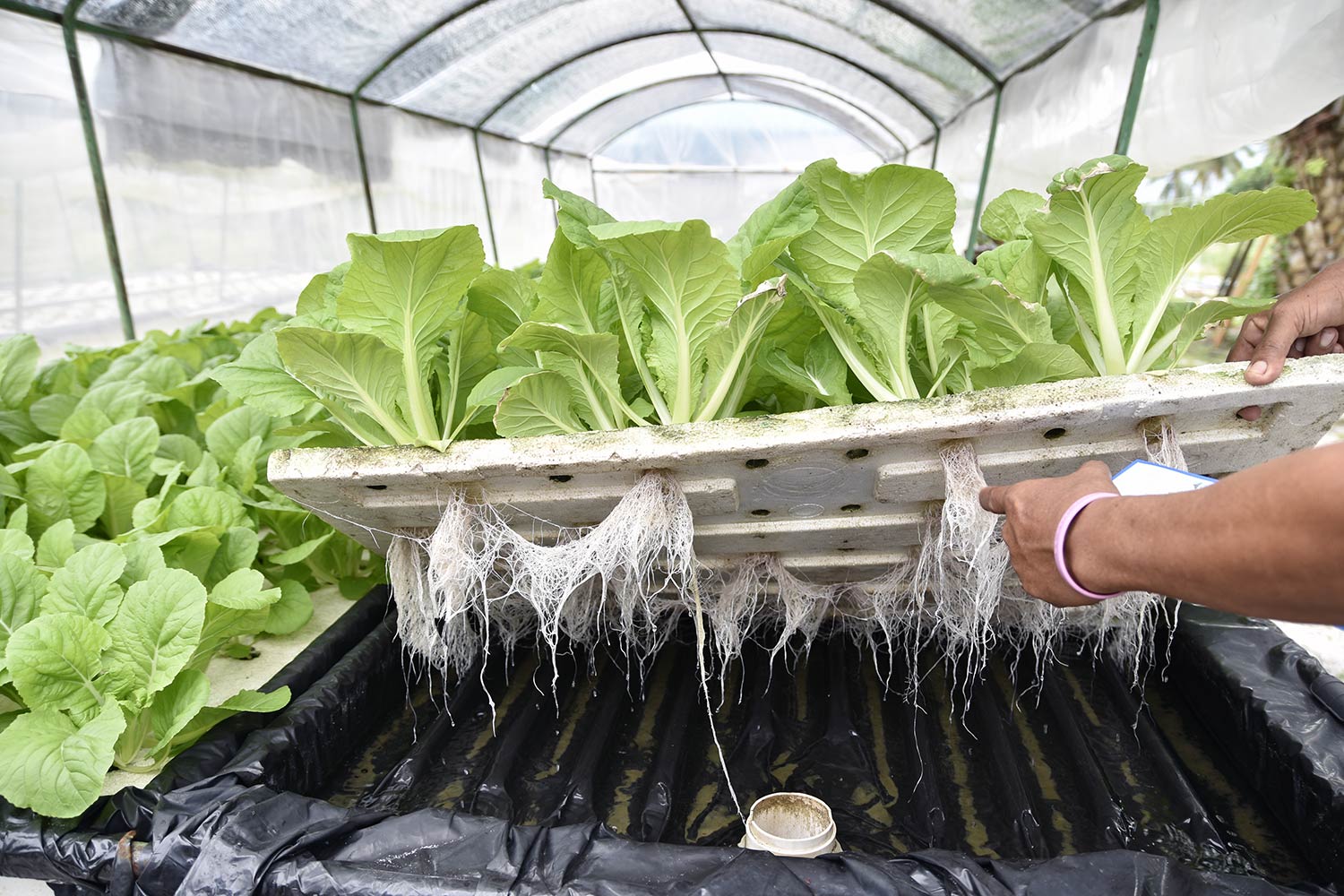
Aquaponics is not only one of the highlights of sustainable fish farming and crop production, but it also saves space compared to conventional ponds. Aquaponic farms are about 20 times smaller.
And what about water consumption? The plants live right in the water, so the need for irrigation drops out of the growing cycle completely. This results in water savings of up to 90%.
In addition, the closed system of water-based cultivation and fish farming does not only work on large farms, but also at home. As a result, people can grow fresh vegetables even in small apartments in the middle of the city.
Using recycled wastewater
Although the future is promising thanks to the simple principle of aquaponics, it cannot yet meet the world's agricultural needs.
In the meantime, other ways must be found to save as much water as possible on plant cultivation and animal husbandry. And one of the best ways is to use wastewater.
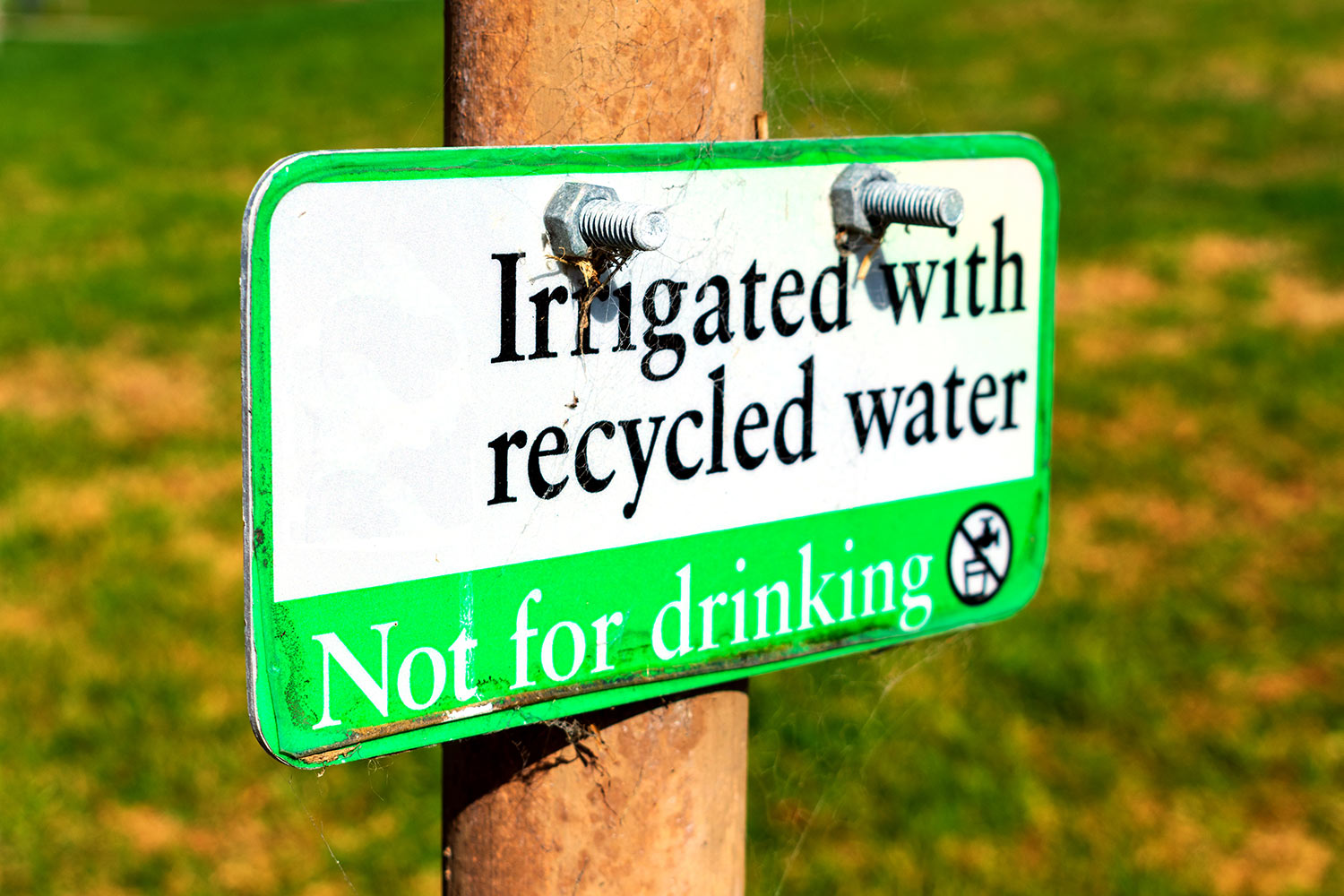
Sure, it must first undergo a first-class cleaning process to remove dangerous and harmful substances, a process which Hydrotech can cover.
Just like aquaponics or rainwater harvesting, the use of wastewater creates a cycle that can save more than 50% of your drinking water supply annually.
The fact that recycled wastewater for agricultural needs is the solution of today is proved by Israel. Not only can Israel treat up to 90% of all wastewater, but the country also returns it back to nature.
And since Israel uses most of the treated water for agriculture, they are able to raise animals and grow plants even in harsh desert conditions.
If you're thinking of using wastewater treatment, check out our solutions suitable not only for farmers, but also for industries or municipal sewage systems.
More articles
The liter of beer consumes up to 60 liters of water. High water consumption will have to be sharply limited by beer producers.
Carlsberg has pledged to reduce its water consumption by 50% by 2030.
